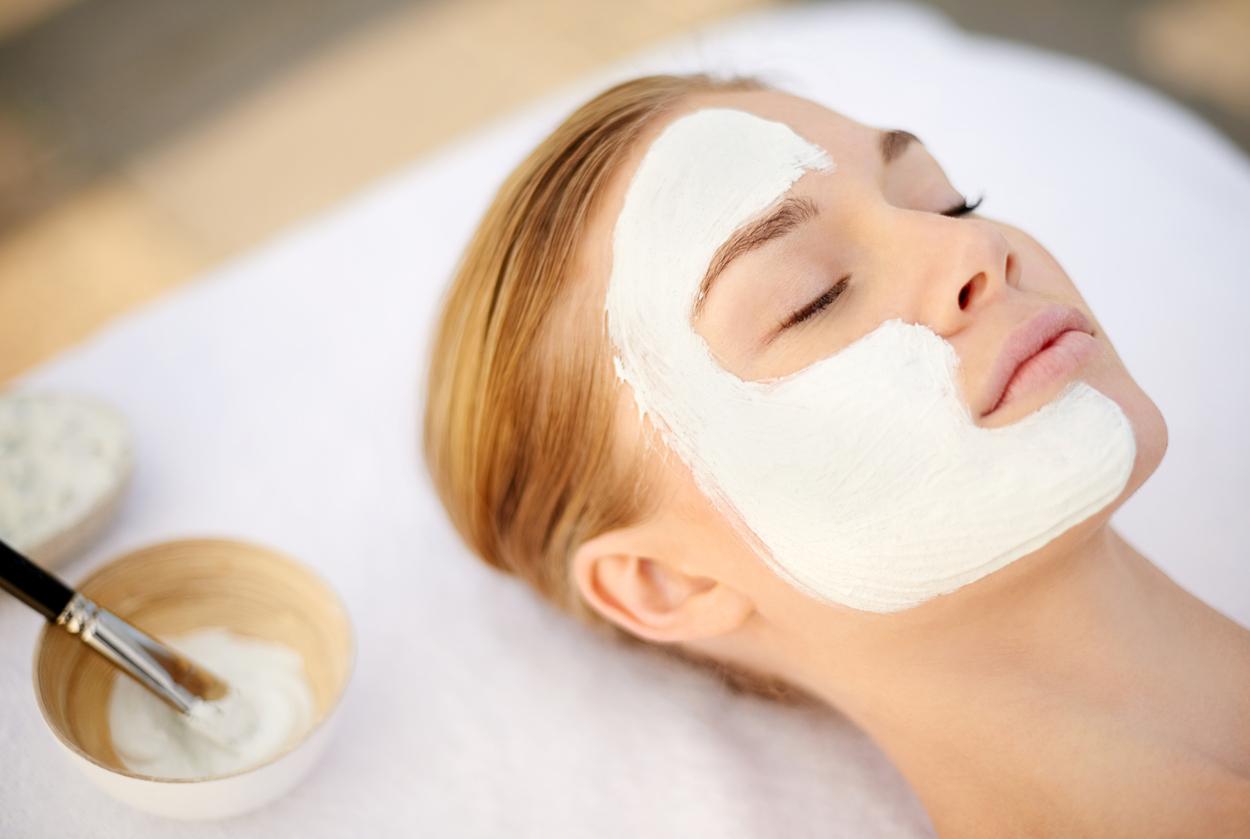The benefits of using clay face masks
Up the ante of your skincare routine with a cleansing clay treatment

Found in the ground, mud-masking has been around since way back when and for good reason too. While in recent times you’ll find the stuff bottled in fancy packaging - alongside a host of other swanky ingredients – intrinsically, the fundamental components remain the same: clay.
So, what’s all the fuss about?
Aside from soaking up all traces of dirt and grease the results of drying clay can be found in a host of skincare products that treat all-manner of complaints – think cleansers that tackle redness, exfoliators for sensitive skin and masks that incite hydration.
An often under-appreciated addition to our skincare routines, when used once or twice a week a good clay mask can go a long way at drawing out impurities and there are even several different types to look out for.
The most common of which is Bentonite clay. A form known for its super-absorbing capabilities, this is great for tightening, acne-clearing and getting rid of impurities.
The second, Kaolin clay, comes in a variety of different colours – white, yellow, red and pink, all of which come with distinctive properties. From exfoliating to circulation-boosting and brightening, they really do it all.
Other types of clay you might come across include Fuller’s Earth, French Green and Rhassoul.
One thing to note here though is that unlike other masks, you should never really let a clay mask fully dry.
This is because, while they come in three phases – damp, drying and dry – the latter can draw moisture from the skin, causing dehydration and irritation.
Don’t feel like you have to cover your entire face either. If you have combination skin and find that clay can be drying in certain areas, only use it on those that need attention. They can also be used to speed up healing as a spot treatment too.
Join our commenting forum
Join thought-provoking conversations, follow other Independent readers and see their replies
Comments